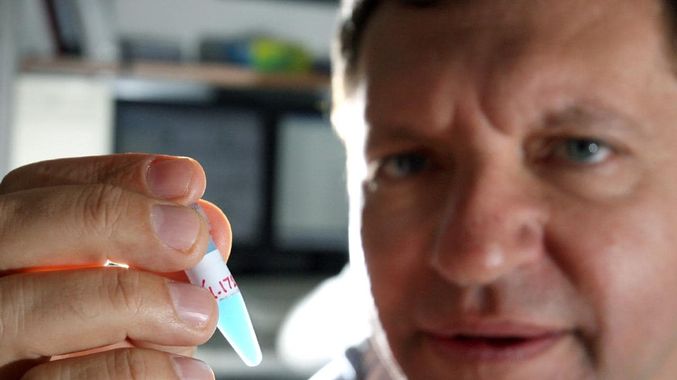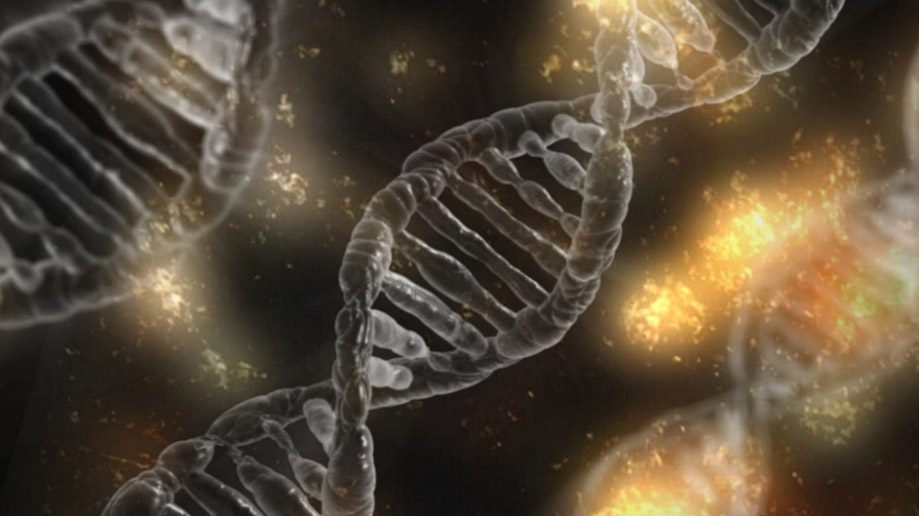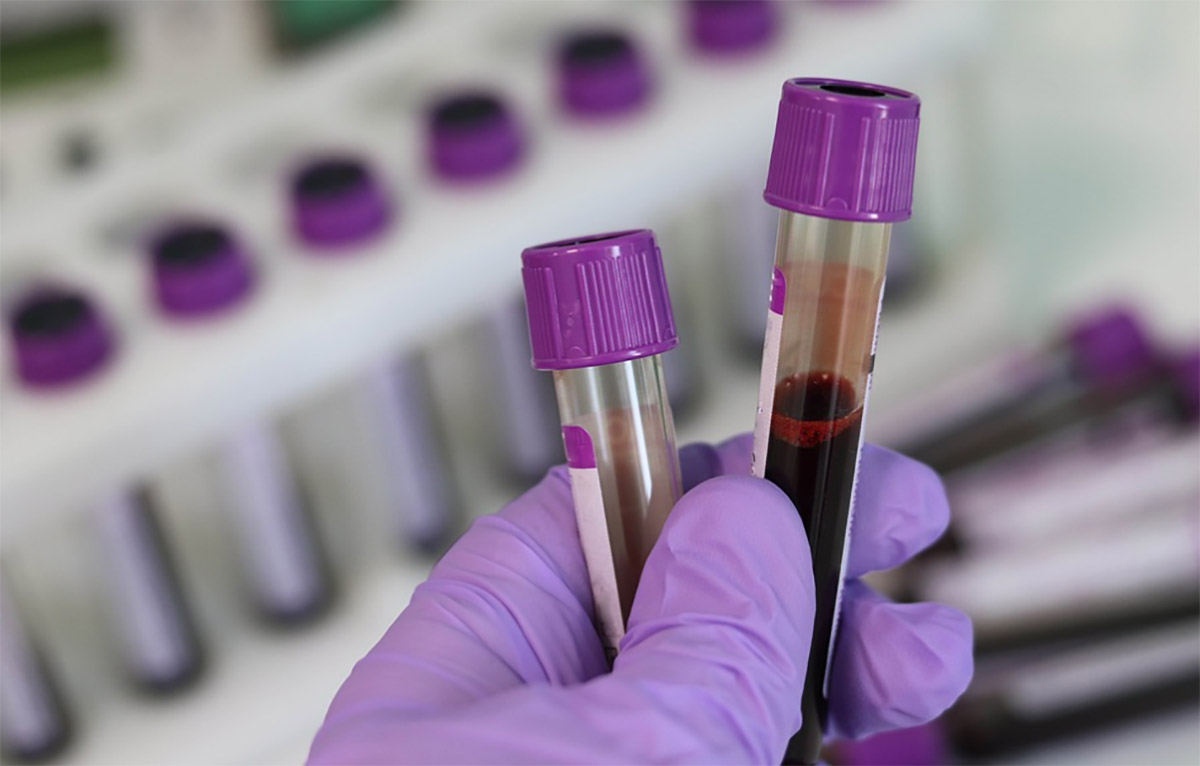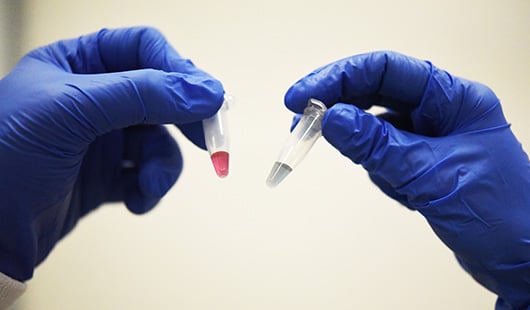Thanks to new research, a day when you can learn whether or not you have cancer in less than the time it takes to get a pizza delivered might soon be here. Yes, invasive biopsies with long analysis times might just be thing of the past.
Researchers at the University of Queensland in Australia believe they have developed the world’s first 10-minute cancer test.
Developing a test that can detect cancer anywhere in the body and in a relatively short time frame has been a challenge for years. The new development, however, is promising and could forever change how cancer is detected.
The breakthrough came when doctors discovered a unique DNA nanostructure that seems to be found in all cancers. Because cancer isn’t a single disease with one singular set of characteristics, it’s been tricky to find a unique signature separate from healthy cells, but linked to all cancer types.
So far, the technology in the test has proven to be up to 90 percent accurate in lab tests of 200 human cancer samples and normal DNA.
“We certainly don’t know yet whether it’s the holy grail for all cancer diagnostics, but it looks really interesting as an incredibly simple universal marker of cancer, and as an accessible and inexpensive technology that doesn’t require complicated lab-based equipment like DNA sequencing,” said Professor Matt Trau.

How did the discovery unfold?
Oddly enough, gold seemed to play a part in the development of the science behind this potentially revolutionary new test. The researchers observed that DNA from cancer cells showed a different reaction than DNA from healthy cells in their relation to solid surfaces like gold.
This is because cancer cells create their own “unique nano-scaled DNA signature” at the genome level that differs from healthy cells.
From there, the researchers embarked on a four-year study that led them to find that these signature nanostructures were detectable when they bonded themselves to gold nanoparticles. This resulted in the creation of tests where gold nanoparticles change color in a solution, in order to determine if the nanostructure of cancer is present in a DNA sample. The solution-based simplicity of the test would make it easy enough to perform in virtually any lab.
It’s this particular DNA signature that co-researcher Dr. Abu Sina said was key. “This unique nano-scaled DNA signature appeared in every type of breast cancer we examined, and in other forms of cancer including prostate, colorectal and lymphoma,” he explained.

The next step in moving the test forward
With men and women in the United States both having a 40 percent chance of developing some type of cancer over their lifespan, it’s easy to see just how important this test could be.
As it currently stands, blood tests for detecting cancer are typically used as a precursor for moving forward with further cancer testing or used for blood cancers like leukemia. Not all of these blood tests currently being used today can pick up on all types of cancers, but that’s steadily changing according to Dr. Santosh Kesari, a neuro-oncologist at the John Wayne Cancer Institute in California.
“Blood-based cancer diagnostics that detect circulating tumor DNA have gained tremendous traction in the past five years, with several commercial products on the market, [though] none are fully validated yet,” Kesari told Healthline.
Kesari stressed that the Australian team would need to do more work before the test moves to market, but added that it was clearly something of “tremendous value.”
Detecting cancer as early as possible is key in fighting the disease, though Sina and her fellow researches don’t yet know just how early their new testing method can detect the illness.

Photo credit: Pixabay, Sunshine Coast Daily, Getty Images

